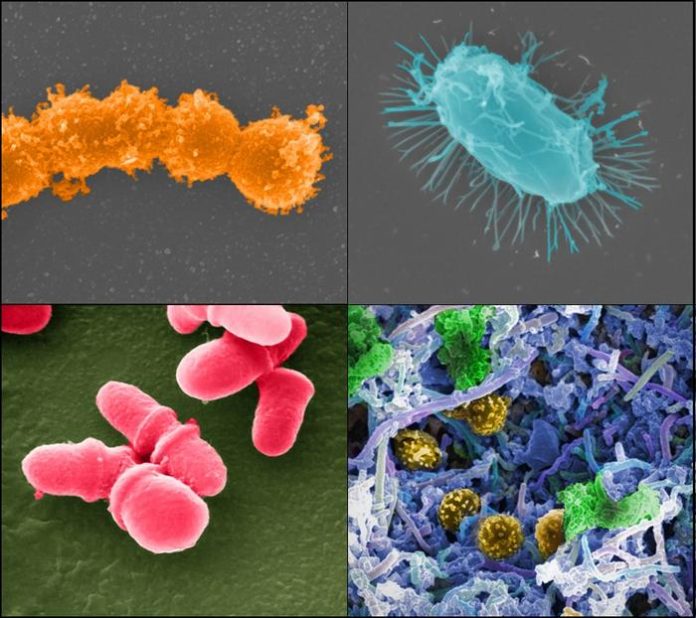A recent study published in the journal Microbiome examines the impact of increased disinfectant use in urban environments following the pandemic, revealing that our efforts to maintain sterile surroundings may inadvertently create health risks. Researchers from Xi’an Jiaotong-Liverpool University collected 738 samples from various built environments in Hong Kong, including subways and public facilities. Their analysis identified 363 novel microbial strains that have adapted to urban conditions, utilizing limited resources and metabolizing substances found in cleaning products.
Lead author Dr. Xinzhao Tong highlights that microbes in built environments face unique challenges due to a lack of traditional nutrients, leading to a distinct microbiome. Among the findings, a strain of Candidatus phylum Eremiobacterota was discovered to metabolize ammonium ions from disinfectants, and other microbes showed increased resistance to cleaning products. While many identified strains are typically non-pathogenic, some could pose health risks, particularly in clinical settings where hospital-acquired infections (HAIs) are prevalent.
The study also characterized two novel strains of “nanobacteria,” which rely on bacterial hosts for nutrients. One strain discovered on human skin has the potential to synthesize important antioxidants, indicating a possible mutualistic relationship with humans.
The research emphasizes the need for a balanced approach to cleaning practices in built environments, particularly in healthcare settings, to prevent the emergence of pathogenic strains and improve infection control. The team aims to further investigate microbial resistance evolution in intensive care units to enhance safety for patients and healthcare workers.















